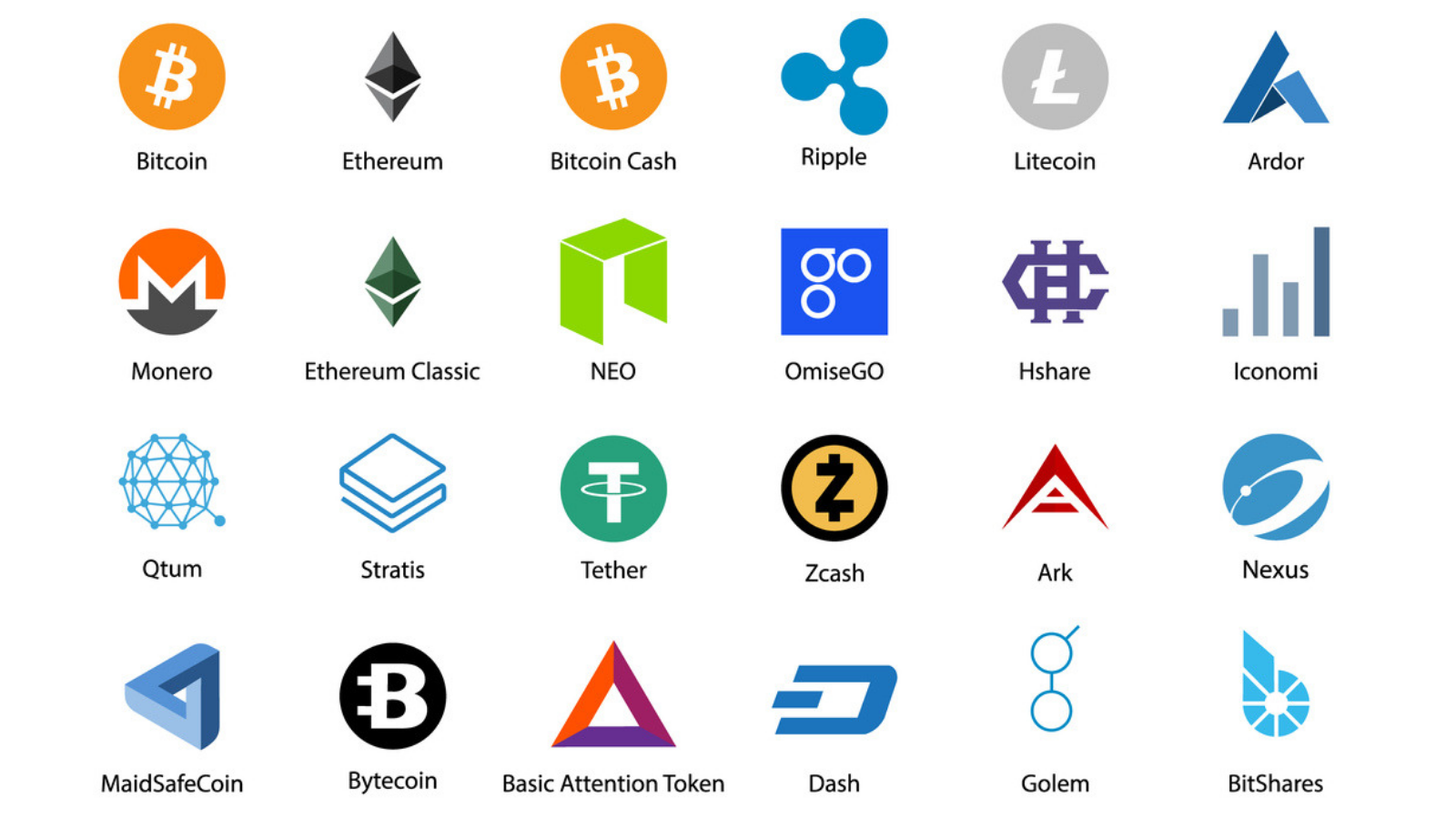do all cryptocurrencies use blockchain
Do all cryptocurrencies use blockchain
The very first cryptocurrency was Bitcoin. Since it is open source, it is possible for other people to use the majority of the code, make a few changes and then launch their own separate currency https://review-casino-au.com/. Many people have done exactly this. Some of these coins are very similar to Bitcoin, with just one or two amended features (such as Litecoin), while others are very different, with varying models of security, issuance and governance. However, they all share the same moniker — every coin issued after Bitcoin is considered to be an altcoin.
At the time of writing, we estimate that there are more than 2 million pairs being traded, made up of coins, tokens and projects in the global coin market. As mentioned above, we have a due diligence process that we apply to new coins before they are listed. This process controls how many of the cryptocurrencies from the global market are represented on our site.
NFTs are multi-use images that are stored on a blockchain. They can be used as art, a way to share QR codes, ticketing and many more things. The first breakout use was for art, with projects like CryptoPunks and Bored Ape Yacht Club gaining large followings. We also list all of the top NFT collections available, including the related NFT coins and tokens.. We collect latest sale and transaction data, plus upcoming NFT collection launches onchain. NFTs are a new and innovative part of the crypto ecosystem that have the potential to change and update many business models for the Web 3 world.
The total crypto market volume over the last 24 hours is $171.52B, which makes a 32.22% increase. The total volume in DeFi is currently $27.18B, 15.84% of the total crypto market 24-hour volume. The volume of all stable coins is now $159.86B, which is 93.20% of the total crypto market 24-hour volume.

Are all cryptocurrencies mined
“This competitive process rewards successful participants with newly generated tokens while maintaining the integrity of the decentralized system,” Kline told The Post. “Essentially, mining combines network security with financial incentives in a technological ecosystem designed to operate without central authority.”
A few months ago we attempted to tackle this lack of knowledge by examining the basics of cryptocurrencies, blockchain technology, and more recently cryptocurrency mining. Today, we’ll expand on this latter point by taking a closer look at the side-by-side differences of “mined” cryptocurrencies versus non-mined ones. And, as always, we’ll do so in plain English, without all the technical jargon.
However, as more people began to mine BTC and the network’s hash rate increased, profitable mining became increasingly difficult. The advent of specialized mining hardware with greater processing power eventually made CPU mining nearly impossible. Today, CPU mining is likely no longer a viable option, as most miners use specialized hardware.

“This competitive process rewards successful participants with newly generated tokens while maintaining the integrity of the decentralized system,” Kline told The Post. “Essentially, mining combines network security with financial incentives in a technological ecosystem designed to operate without central authority.”
A few months ago we attempted to tackle this lack of knowledge by examining the basics of cryptocurrencies, blockchain technology, and more recently cryptocurrency mining. Today, we’ll expand on this latter point by taking a closer look at the side-by-side differences of “mined” cryptocurrencies versus non-mined ones. And, as always, we’ll do so in plain English, without all the technical jargon.
Why do all cryptocurrencies rise and fall together
At the time of writing, Bitcoin, the biggest crypto by market cap, is trading at $98,794.79, marking a 1.54% intraday surge. Its market cap stands at $1.95 trillion, with a 24-hour trading volume of $33.18 billion. Ethereum (ETH) follows with a price of $2,799.10, up 2.13% for the day, boasting a market cap of $337.62 billion and $17.46 billion in trading volume.
Cryptocurrency prices are notorious for their wild swings, leaving investors and enthusiasts alike scratching their heads. The question that often perplexes newcomers and traders alike is: what causes cryptocurrency prices to rise and fall?
We do not advise on currencies and do not make recommendations for either buying or selling. We can provide factual information about the different currencies, but past price developments are not an indication of future developments. No information from Lunar Block should therefore be considered as recommendations and all decisions are up to you alone.
This encompasses the total number of coins that are currently in existence, including the tokens locked and the ones in circulation. This excludes the number of coins that have been burned from the token’s max supply. You need to keep an eye on the tokens that are locked in order to ascertain when they will hit the market. Once a significant amount of the token is released, it is expected that its price will crash, and vice versa.
